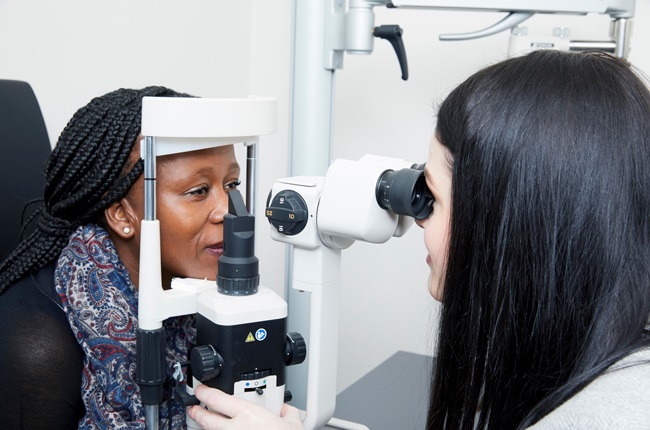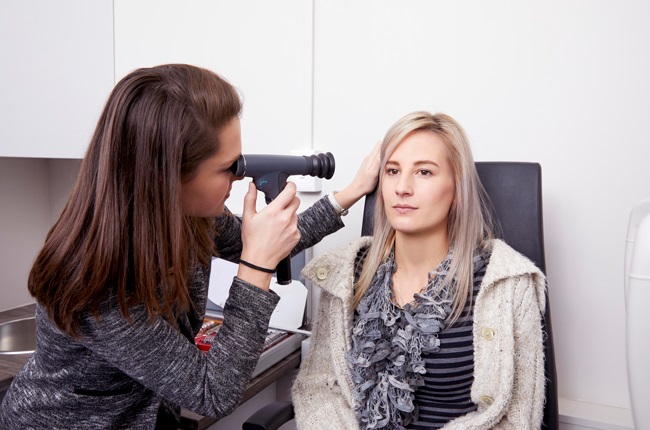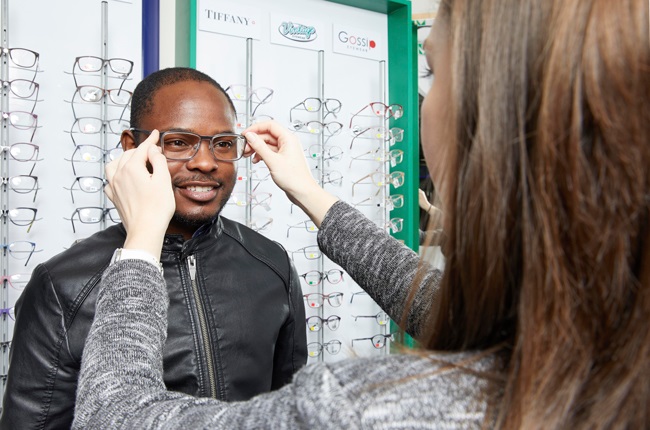
To mark World Optometry Day on Tuesday 23 March, the expert optometrists at Spec-Savers are raising awareness about glaucoma, one of the world’s leading causes of blindness.
Glaucoma is an eye condition that results in damage to the optic nerve, the health of which is vital for good vision. It develops slowly and often without any noticeable symptoms, leaving the condition undetected until it reaches an advanced stage, causing vision loss and eventual blindness. The good news is that if it’s detected early, treatment can slow or stop the progression of the condition and minimise further deterioration of vision.
What causes glaucoma?
The eye contains a fluid called aqueous humour, which is constantly produced. Drainage and production of this fluid impacts the pressure inside the eye, or intraocular pressure. When the balance of this process is affected, it can cause the intraocular pressure to build up.
Glaucoma develops when the production and drainage of fluid in the eye is imbalanced, damaging the optic nerve which connects the eye to the brain. It also impairs the nerve fibres from the retina, which is the light-sensitive nerve tissue that lines the back of the eye.
Glaucoma can be chronic – the more common form – or acute. Chronic glaucoma develops very slowly and is painless. It usually affects the outer edge of vision first, then works slowly inwards. Without regular checks you may not notice a problem until the glaucoma is near the centre of your vision. In the case of acute glaucoma, the intraocular pressure rises rapidly to higher levels, causing pain. Other symptoms include blurred vision, red eyes and haloes around lights.
Risk factors of glaucoma
People with certain risk factors should be vigilant about having regular eye tests:
- People with a family history of glaucoma have a significantly higher chance of developing the condition
- Age: chronic glaucoma affects around 2% of people over the age of 40
- A history of eye injury or trauma
- People with diabetes and hypertension
- Raised pressure in the eye, or ocular hypertension
- If you are of African or Asian descent
Tests for glaucoma
Your optometrist does several quick and painless tests for glaucoma as part of your regular eye examinations:
- Eye pressure test or tonometry
An instrument called a tonometer is used to measure the pressure inside your eye.
- Visual field test
This will test your peripheral vision and check how wide your field of vision is.
- Optic nerve assessment
The optic nerve can be assessed in a variety of ways during your examination. One of these is digital retinal photography, which captures an image of your optic nerve to be used as reference for future visits and track any changes that may occur over time.
Managing glaucoma
Fortunately, glaucoma can be treated but early detection is vital. If left untreated, glaucoma can cause visual impairment and damage that cannot be reversed. But if it’s detected and treated early enough, further damage to vision can be minimised or prevented. So regular eye tests, especially over the age of 40, are essential. It’s advisable to have an eye test at least every 24 months or more frequently if you are at high risk of developing the condition.
If your optometrist suspects glaucoma, you may be referred to an ophthalmologist for further tests. If glaucoma is confirmed, the ophthalmologist will also be able to explain how far the condition has developed, how much damage it has caused and what may have caused it. They will then advise on treatment, which in most cases is eyedrops used daily coupled with regular follow-up appointments.
It’s important to catch this thief before it steals your vision, so regular eye exams and early detection are key. However, you should seek immediate medical attention from an optometrist, GP or ER if you experience blurred peripheral vision, sudden pain in the eyes or haloes around lights, even if the symptoms go away.
This post and content is sponsored, written and provided by SpecSavers.




 Publications
Publications
 Partners
Partners












